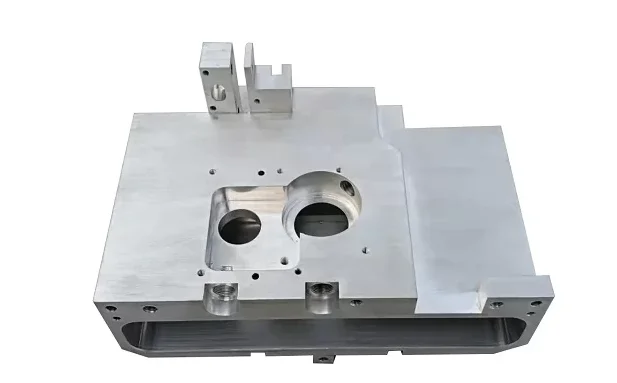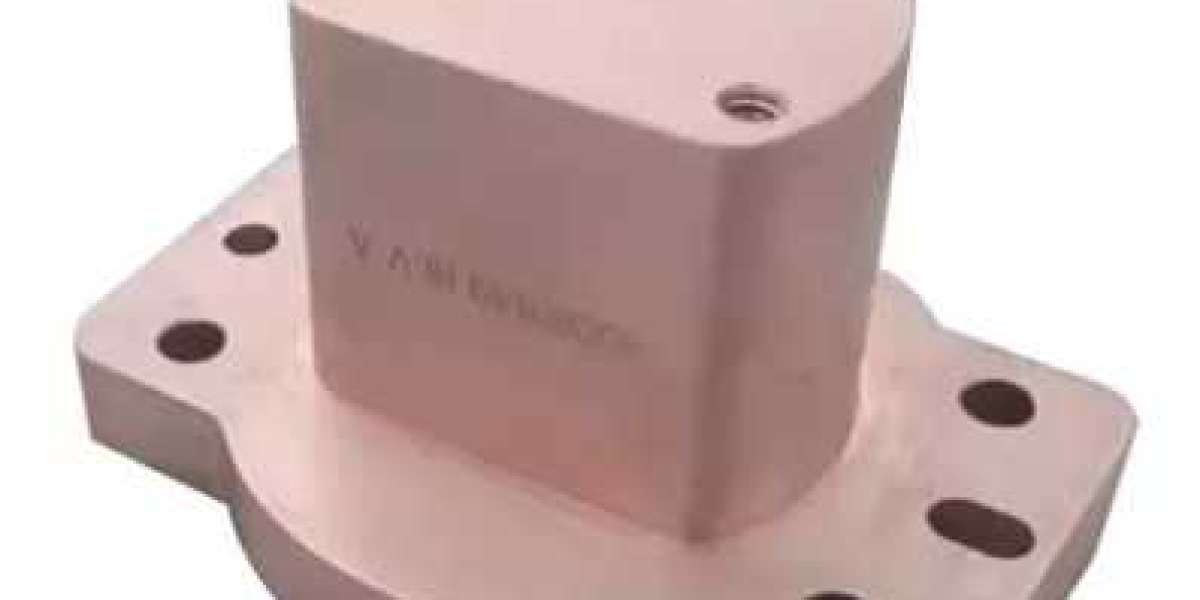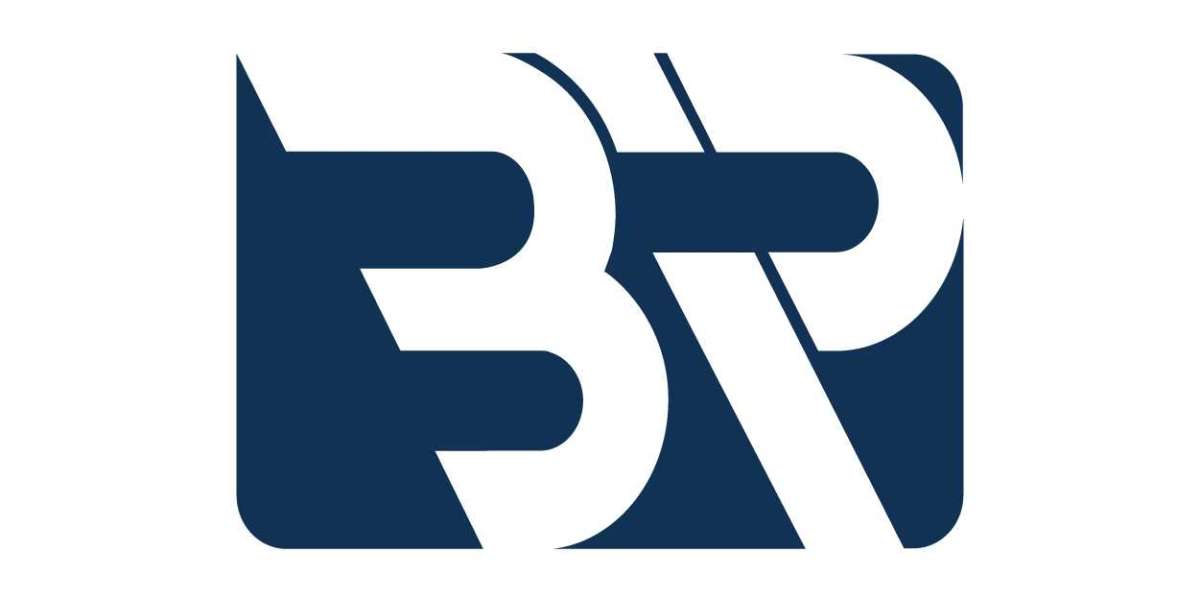Die casting refers to the process of filling the mold cavity with molten alloy at high speed and high pressure, cooling, solidifying, and finely processing a casting with a predetermined shape, size and performance. Die castings manufacturer Languang believes that as a non-ferrous alloy part forming technology, the castings produced by die casting usually have many advantages, such as lightweight, beautiful appearance, energy saving, high speed, and low consumption, which are suitable for productization, lightweight and energy saving in modern manufacturing.
Die-casting parts are aluminum parts with different functions made by using different shapes of molds through corresponding processing. Its quality determines whether other equipment can operate normally. It needs to be a complete individual, without defects, cracks, air bubbles, and other defects, and without the phenomenon of mold pulling. The gate, flash, and other parts of the casting should be wiped frequently and kept clean at all times. The defects that cannot appear on the processed surface include mixed impurities and sparse pores. The level of machining marks at the ejector pin of the aluminum casting shall not exceed 0.2 mm. Casting is a process of metal smelting and processing, usually using the gravity of the metal to cast in a mold. But "aluminum die-casting" is not done by gravity, but by applying corresponding pressure. Kind of like "injection molding". But it has a set of high-tech core pulling, cooling, and other systems. Die castings manufacturer Languang concluded that the material is sent to the cavity to be cast through a centralized entrance to form the part.

Application scope of die castings
Die castings are widely used in automobiles, home appliances, electronics, machinery, and many other industries. Different raw materials are used in die casting. Die castings can be divided into aluminum alloy casting, magnesium alloy casting, zinc alloy casting, copper alloy casting, and other categories. Among them, aluminum alloys are widely used in home appliances, automobiles, electronic appliances, office equipment, machinery, and other accessories because of their light weight, good wear resistance, good mechanical strength, good heat transfer, and electrical conductivity, and can withstand high temperatures. Die castings manufacturer Languang believes that the application scope of die castings is very broad.
Advantages of die castings
1. The appearance of die-casting parts is beautiful and light in weight, and they can be easily transported during the operation. It is also a great advantage to be used in automobiles.
2. The density of aluminum alloy is obviously lower than that of cast iron, cast steel, etc., but its strength and properties are much higher. Therefore, under the same load weight, the use of die castings can reduce the weight of the structure.
3. For the surface of aluminum alloy, its surface gloss is very good, and it also performs well in casting performance.
4. Good product quality: high dimensional accuracy of castings, generally equivalent to 6~7 grades, or even up to 4 grades; good surface finish, generally equivalent to 5~8 grades; high strength and hardness, and the strength is generally 25 higher than that of sand casting. ~30%, but the elongation is reduced by about 70%; dimensionally stable and good interchangeability; it can die-cast thin-walled and complex castings. For example, the minimum wall thickness of the current zinc alloy die-casting aluminum parts can reach 0.3mm; the aluminum alloy castings can reach 0.5mm; the small casting hole diameter is 0.7mm; the minimum pitch is 0.75mm.
5. The production rate is good: the machine has high productivity. For example, the domestic JIII3 horizontal cold air die casting machine can die casting 600~700 times on average in eight hours, and the small hot chamber die casting machine can die casting 3000~7000 times every eight hours on average; Die-casting parts have a long service life. One pair of die-casting parts and die-casting bell alloys have a service life of hundreds of thousands of times or even millions of times; it is easy to realize mechanization and automation.
6. Excellent economic effect: due to the accurate size of die-cast aluminum parts, the surface is smooth and clean. Generally, it is not used directly without mechanical processing, or the processing volume is very small, so it not only improves the metal utilization rate but also reduces a large number of processing equipment and man-hours; castings are cheap; combined die castings can be used to obtain other metal or non-metallic materials. . Saves both assembly man-hours and metal.

The above are the advantages of die castings introduced by die castings manufacturer Languang. If you are interested, please contact us to read more.








